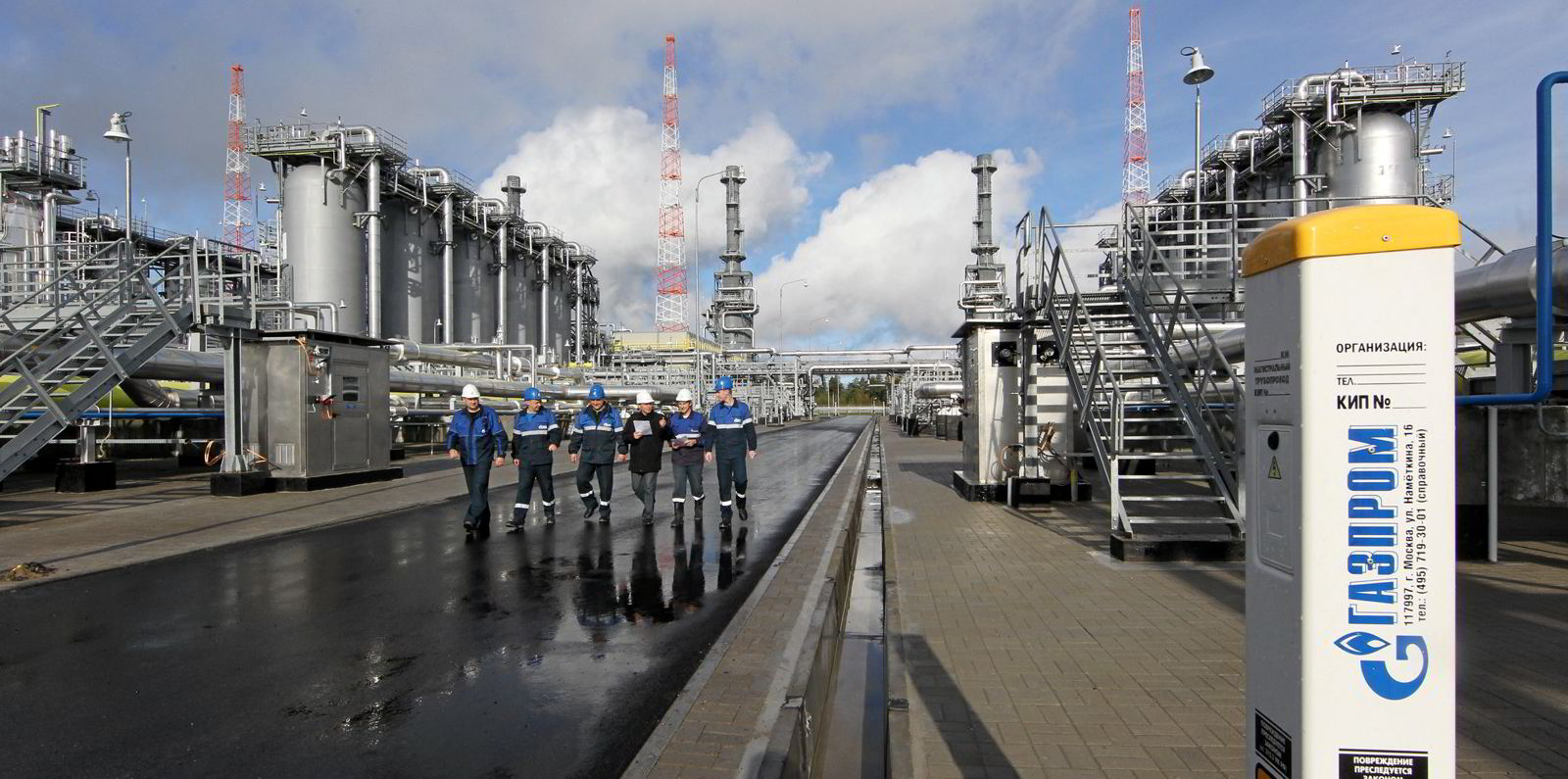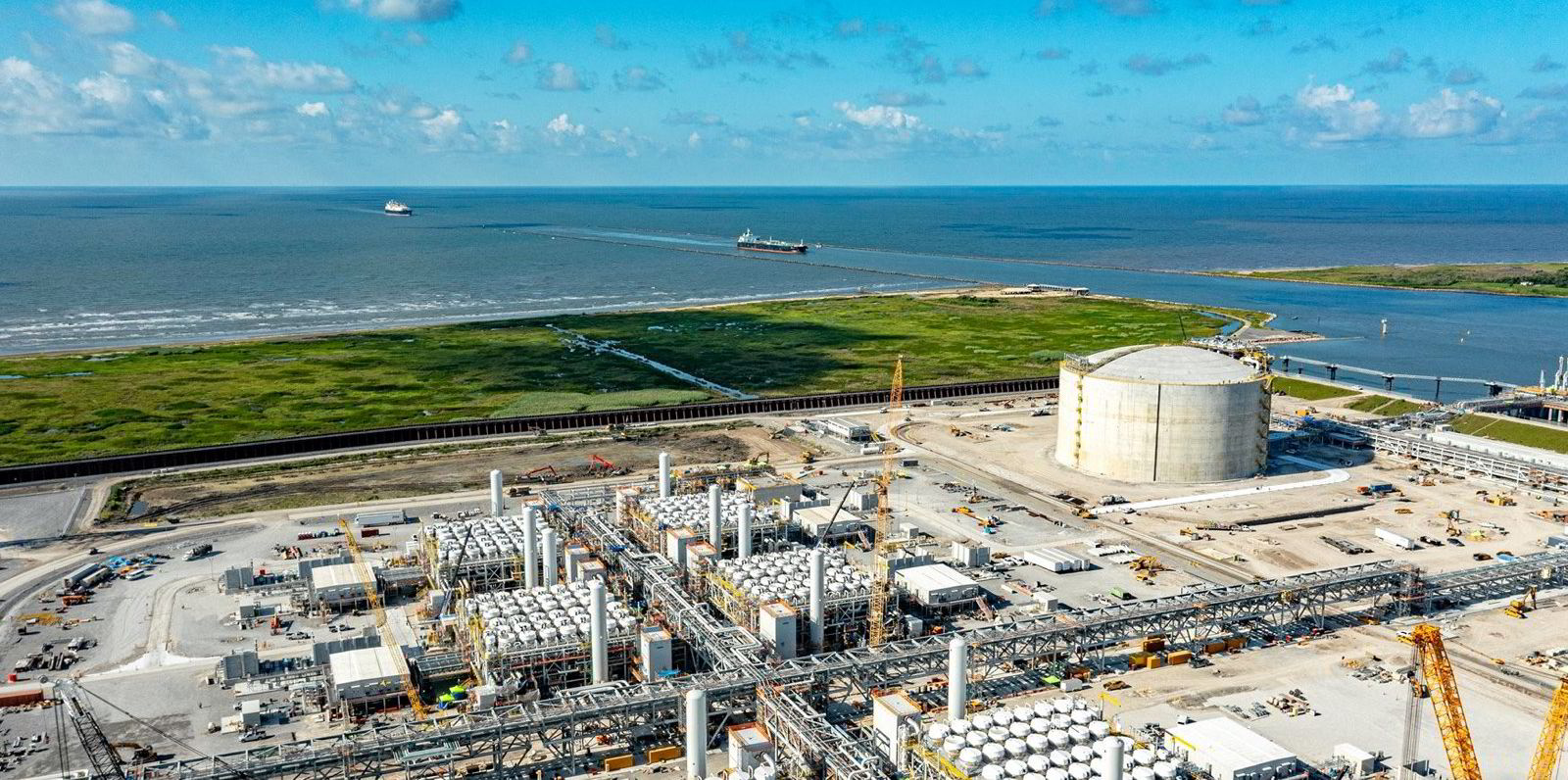Poland wants to advance its plans to install a floating storage and regasification unit at Gdansk following Russian energy giant Gazprom’s notice on Tuesday that it would end gas sales to the country.
The country’s minister in charge of energy security Piotr Naimski said on Wednesday that the government now wants the facility ready in 2025.
“We are speeding this up. The plan was to have it ready in 2027,” he said.
The minister’s comment comes after Gazprom said it was halting gas supplies to Poland and Bulgaria after the two countries refused to pay in rubles as Russia has demanded from 1 April.
Poland joins the lengthening queue of European gas buyers turning to FSRUs to bolster their LNG import capacity.
But the country has been working on the plan for last seven years.
In 2016 the managing director of Polskie Gornictwo Naftowe i Gazownictwo (PGNiG) Supply & Trading managing director Uwe Bode announced the plan for an FSRU to be stationed near Gdansk.
At the time Bode explained that the FSRU’s planned start-up would dovetail with the end of Poland’s long-term pipeline gas contracts with Russia, which then supplied around 70% of the country’s gas.
The first talk of the FSRU came just 12 months after the start-up of Poland’s only LNG receiving facility, the land-based Swinoujscie terminal, which started up in late 2015 and has since been expanded.
In 2019 PGNiG floated a formal requirement for a 170,000-cbm FSRU which the company said it wanted to see in operation by 2022 to dovetail with the end of Poland’s long-term pipeline gas contracts with Russia.
While plans for the FSRU may have slipped, Poland’s move to diversify its gas supplies have accelerated.

PGNiG has signed a raft of LNG import deals, with US buyers.
Management board president Pawel Majewski has detailed that the company has contracted around 6.6 million tonnes per annum, around 5.2 mtpa of which has been secured on a free-on-board basis.
The company has also locked in eight 174,000-cbm LNG newbuildings which it has taken on charter for periods of at least 10 years to ship its purchases.
Knutsen OAS Shipping has ordered six of these vessels. PGNiG has also chartered in two LNG carriers from Maran Gas Maritime.
The first Knutsen newbuilding, the Lech Kaczynski, is due to be in operation for the company from early 2023.
In addition, PGNiG has chartered three existing 160,000-cbm vessels. The first of these delivers in the second half of this year with the other two scheduled for late 2022 handovers.
“For us, the enlarged fleet and flexible transport capacities are the key to LNG-based energy security,” Majewski said in April.
Gazprom’s move may have limited effect on both Poland and Bulgaria, neither of which were planning to renew their Russian gas purchase contracts this year.
In addition to Poland’s LNG imports the two countries are due to receive new gas pipeline supplies Bulgaria from Azerbaijan and Poland from Norway.
PGNiG said on Wednesday that the country’s “progressive diversification of gas supply sources and directions” gives the company multiple options to use additional sources of supply to Poland, adding that its storage facilities are currently around 80% full.






